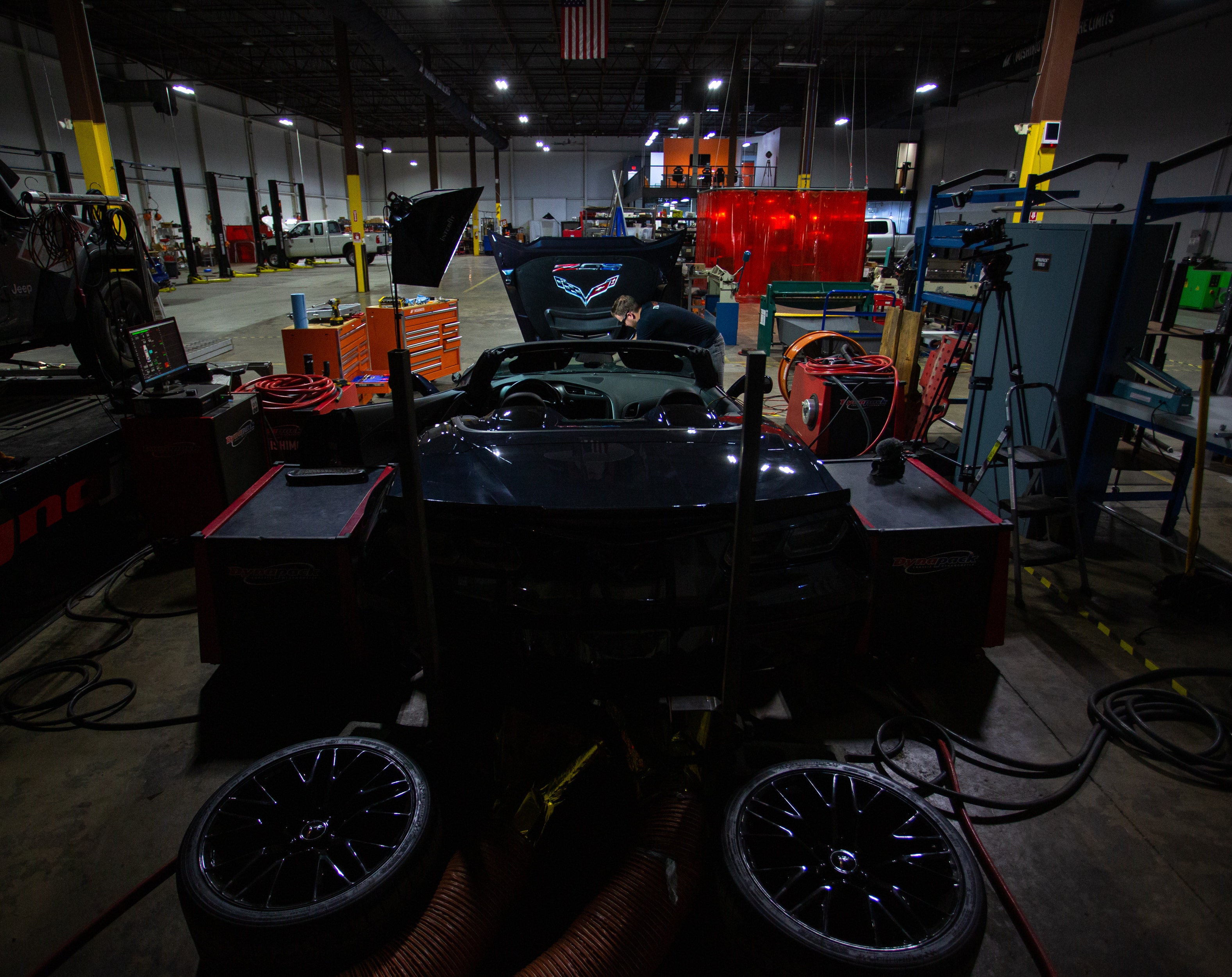
Rad, White, and Blue - Performance Aluminum Radiator R&D, Part 4 - Dyno Testing Results
It's been 5 years since we first saw the current generation Corvette, and I'm sure for most, there is still the lingering question of how to keep this hometown legend from losing its cool. Unless you live under a rock, you might remember the C7's tumultuous early run, in that these Corvettes struggled to stay within safe engine temperatures, but they've come a long way since then. We wanted to see how much further we could go.
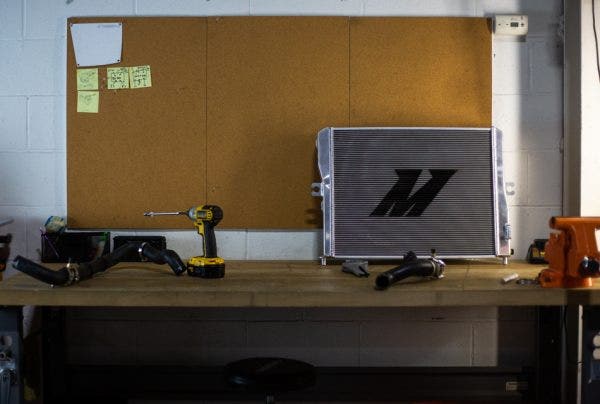
So far you've seen the physical manifestation of our 3D models and the new design, but before we dive into how we tested our radiator, lets take a look at how it stacks up with the stock units. In terms of fin surface area, our design provided a 135% increase over the Stingray unit and a contentious 7.87% increase over the Z06 core. When it comes to volume, our core jumped 119% over the Stingray and 38% over the Z06 to help with the cooling properties.
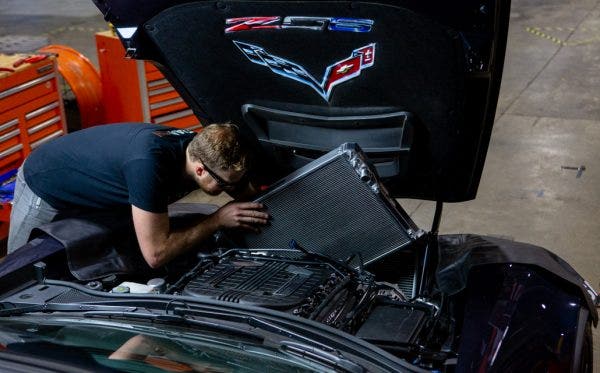
For the main event, we ran our radiator through a series of tests to determine how well these core improvements aided in keeping engine temperatures under control. With our donor Z06 strapped into the Dynapacks and our sensors in place throughout the cooling system, we let the LT4 scream.
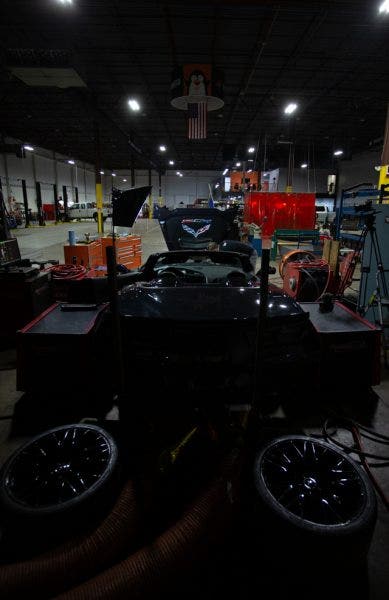
Our first test was a steady-state load test. For this round, after the vehicle reaches operating temperature, our engineer holds the "Vette at 4000 RPM in 5th gear for 30 seconds to simulate heavy long-term driving. This test shows the efficiency of our radiator under steady load and heavy stress. During these tests we saw a 3-5°F drop in global temperatures across the run with a higher temperature drop from inlet to outlet over the stock unit.
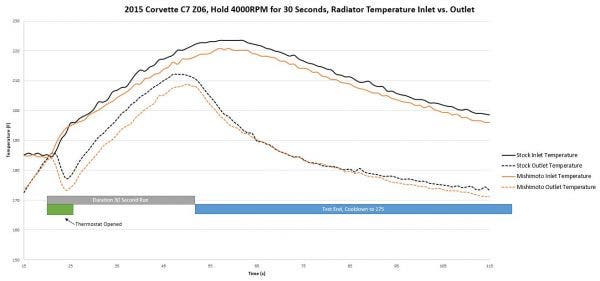
The next stage in our testing was to simulate more real-world driving conditions. For this test, the Z06 is subjected to four back-to-back pulls on the dyno, with no cooldown in between. Each pull reached a different engine speed in order to vary water pump speeds as if the vehicle was actually on the track. After we crunched the numbers, we saw a similar 3-5°F drop in global engine temperatures with an increased delta between the inlet and outlet over the stock radiator.
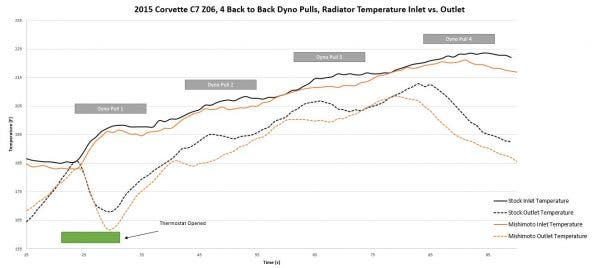
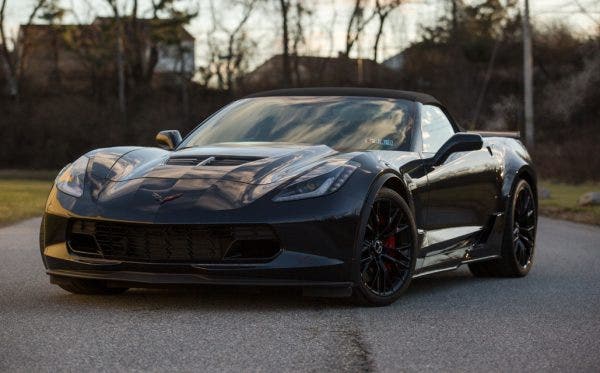
Sure, the C7 Z06 might be a known hothead, but the engineers here at Mishimoto have figured out just how to cool off these LTs. While these temperature drops might not seem like a dramatic change in the cooling system, when it comes to keeping your Corvette on the track, every degree counts. Our performance radiator is available now to make sure that your C7 receives a proper attitude adjustment.
2014-2019 Chevrolet C7 Corvette Performance Aluminum Radiator
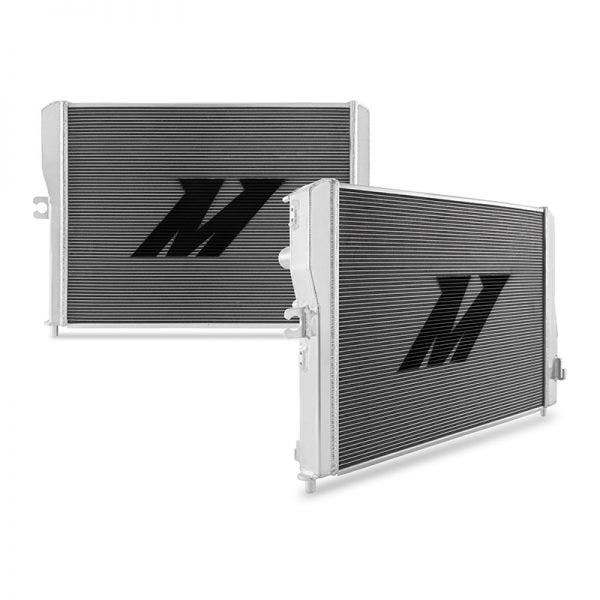
Thanks for Reading!
-Nick




